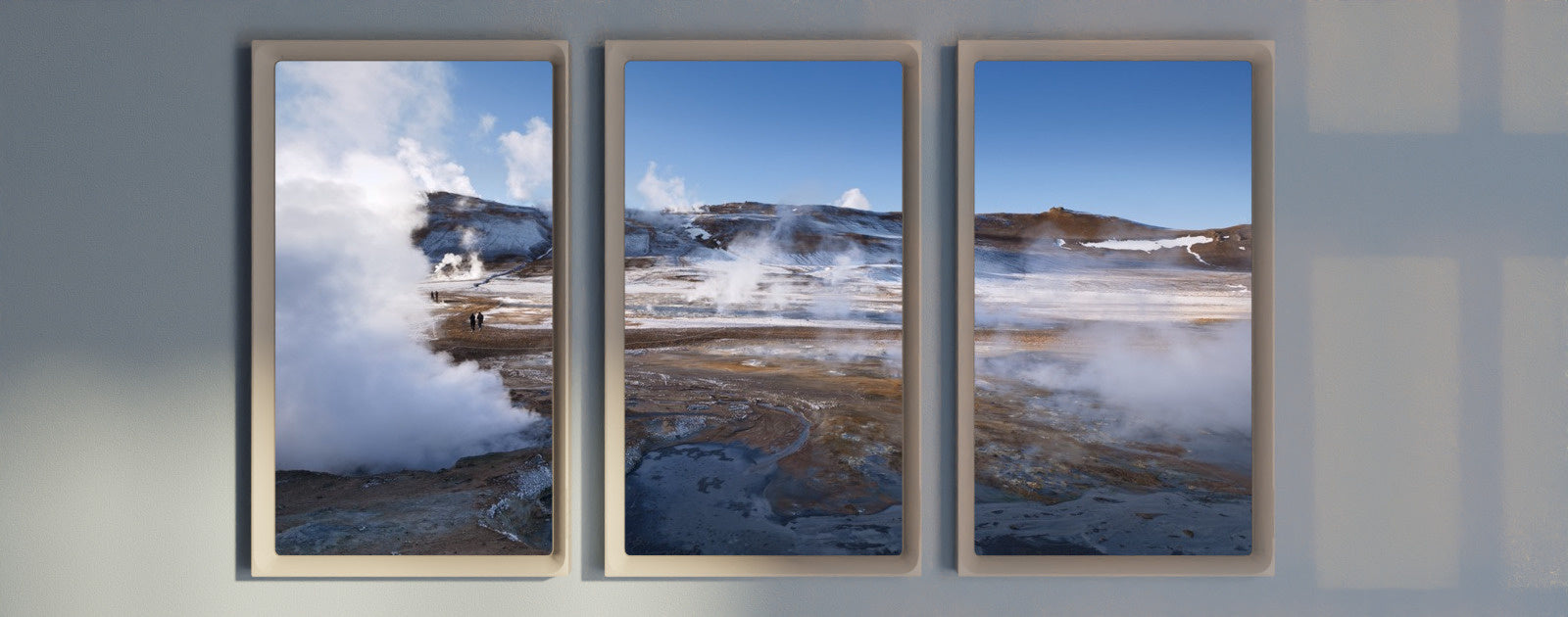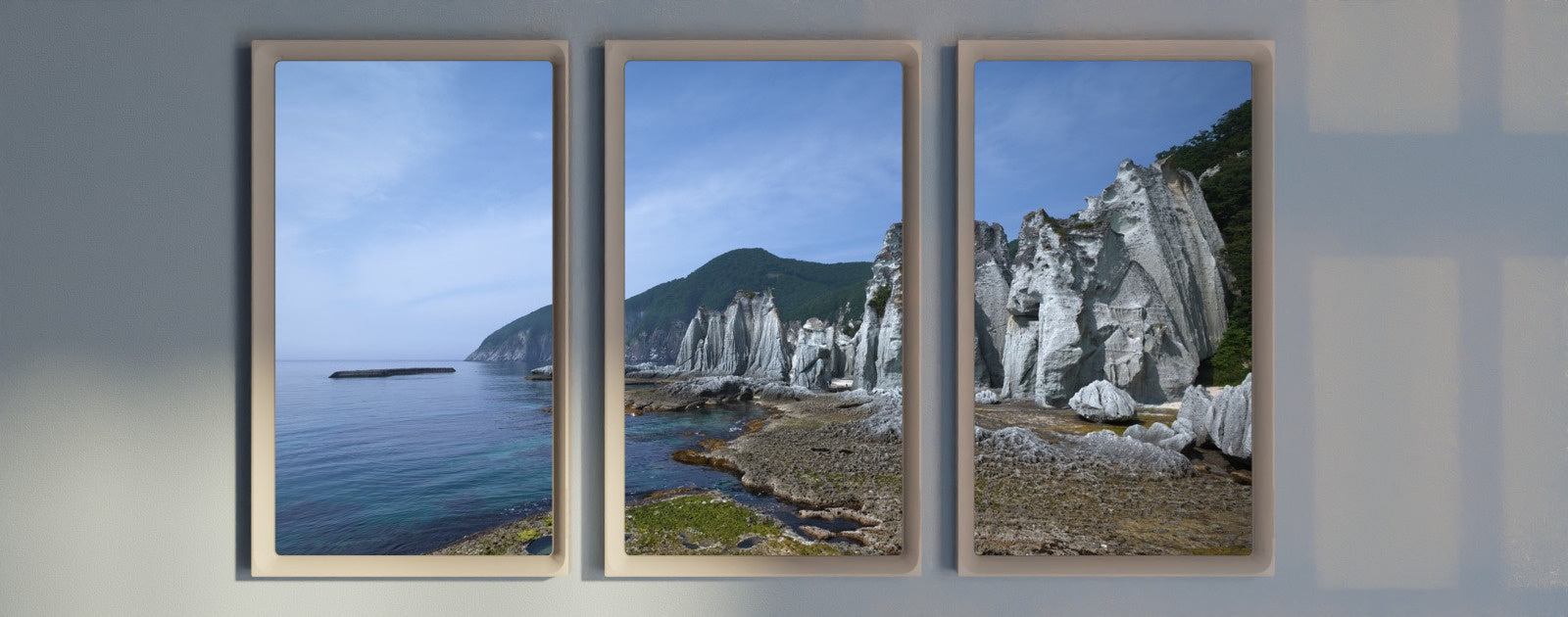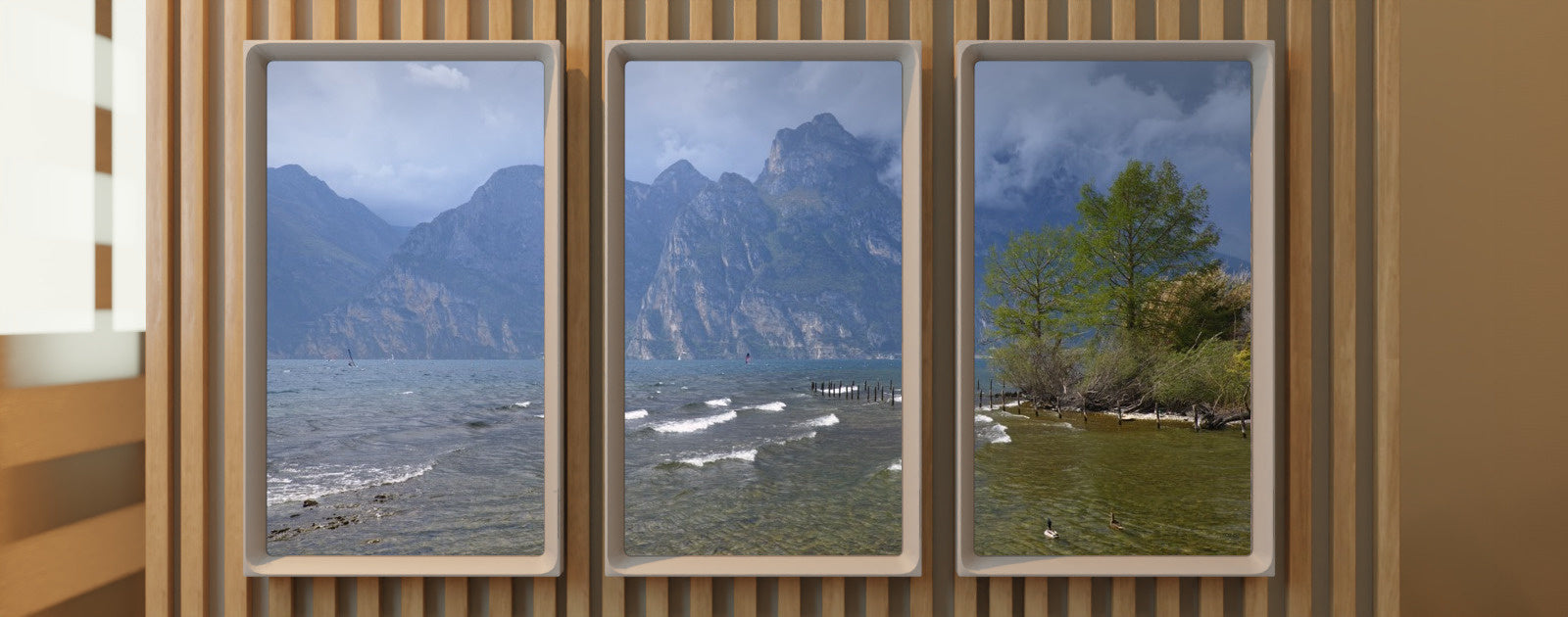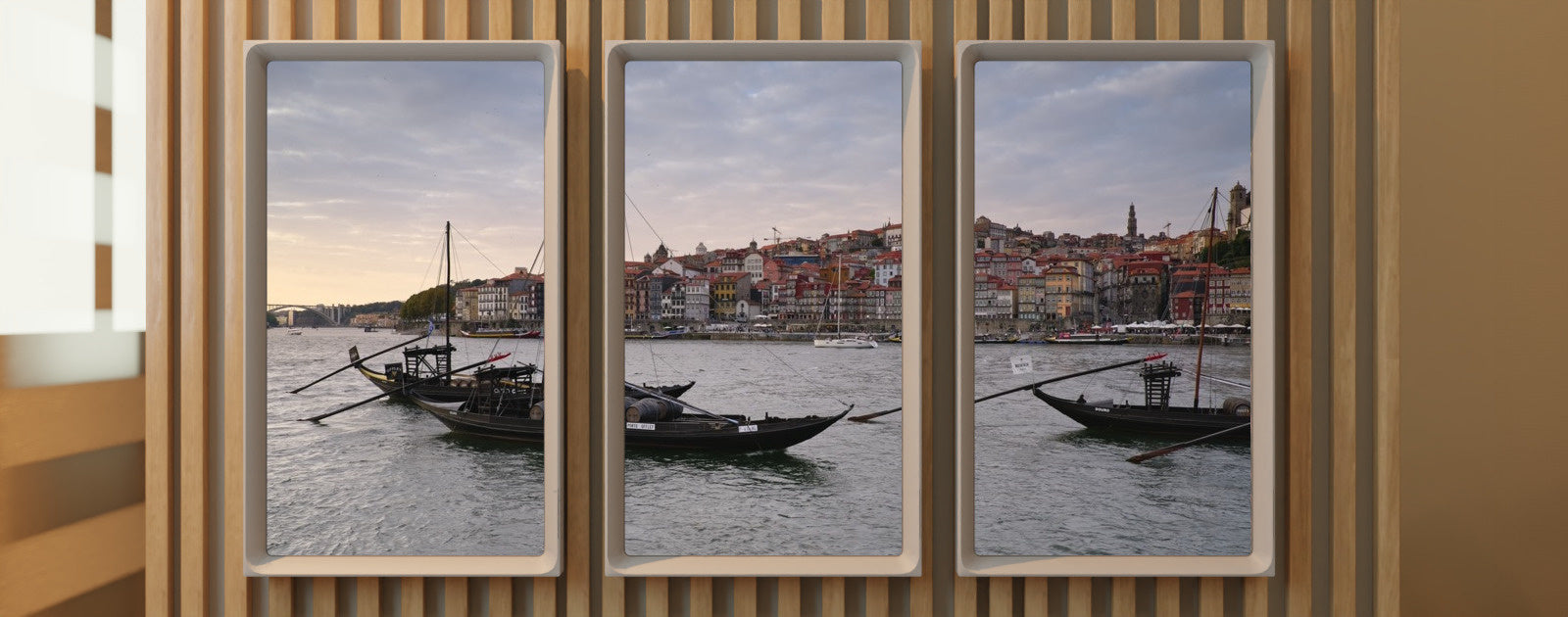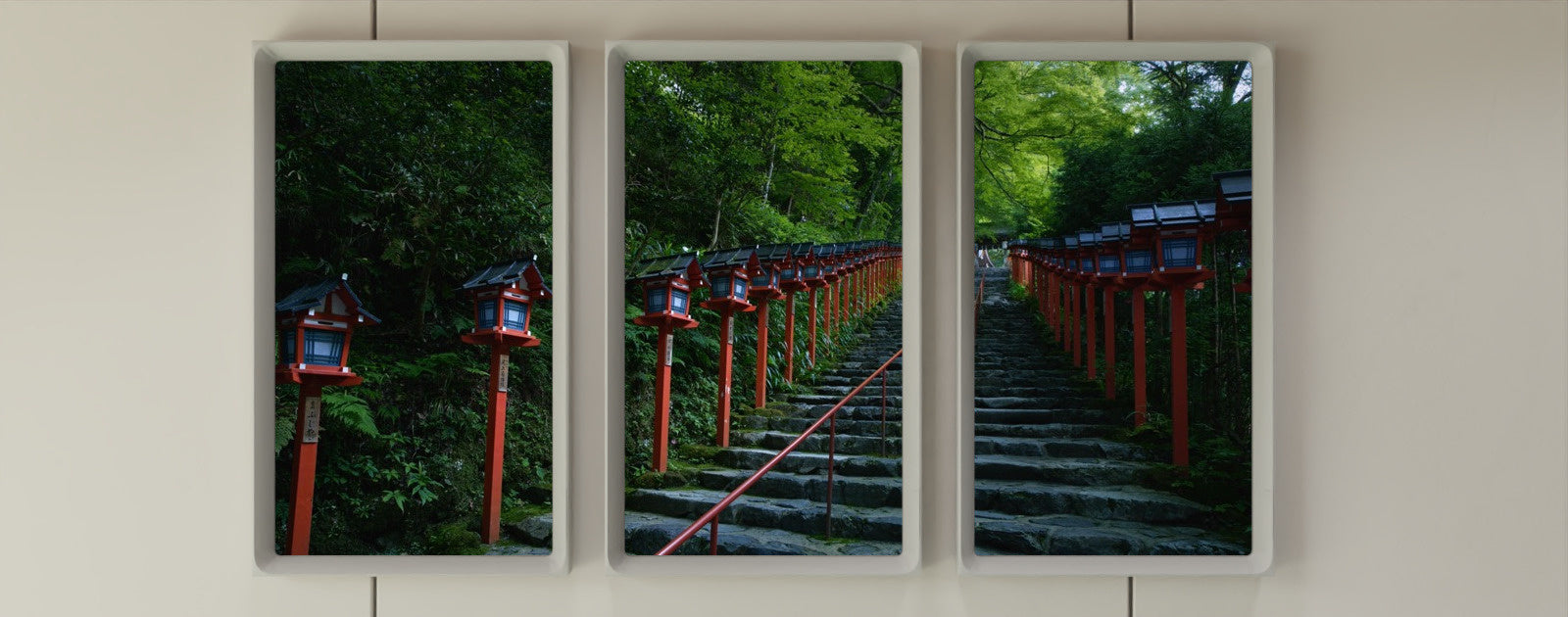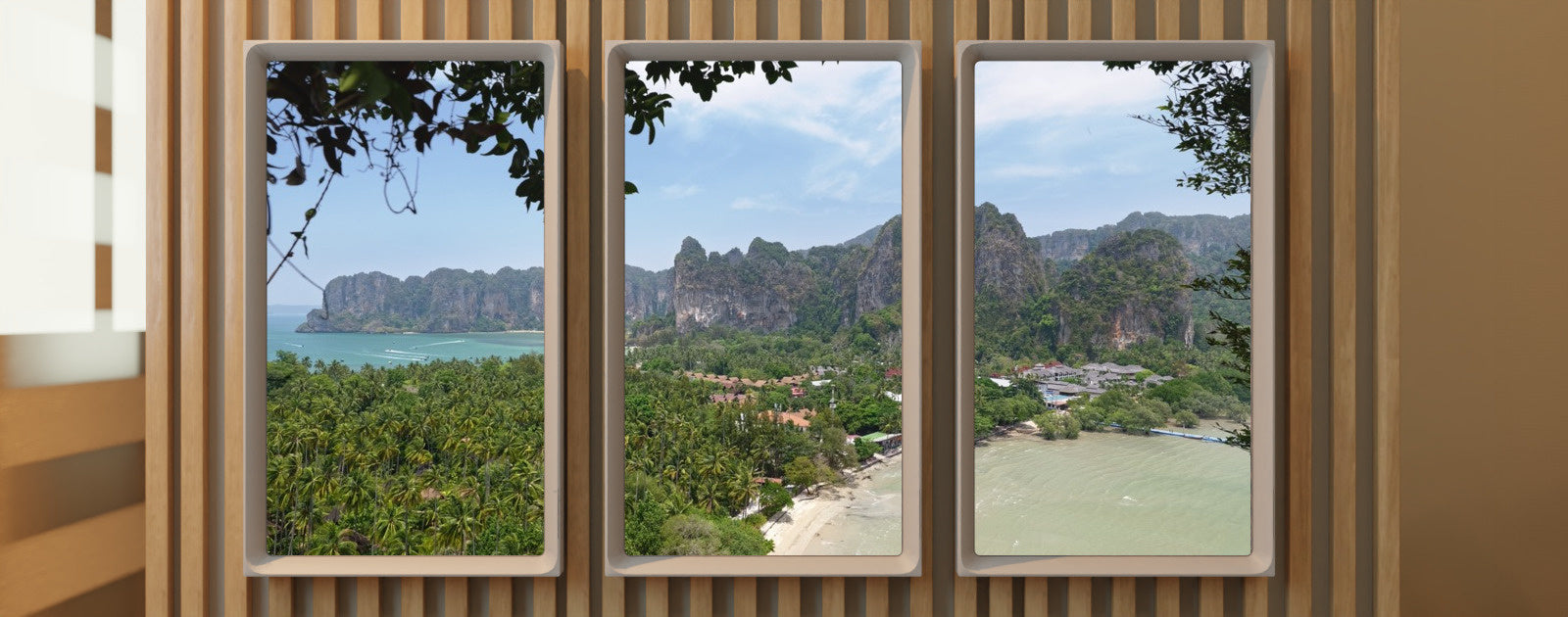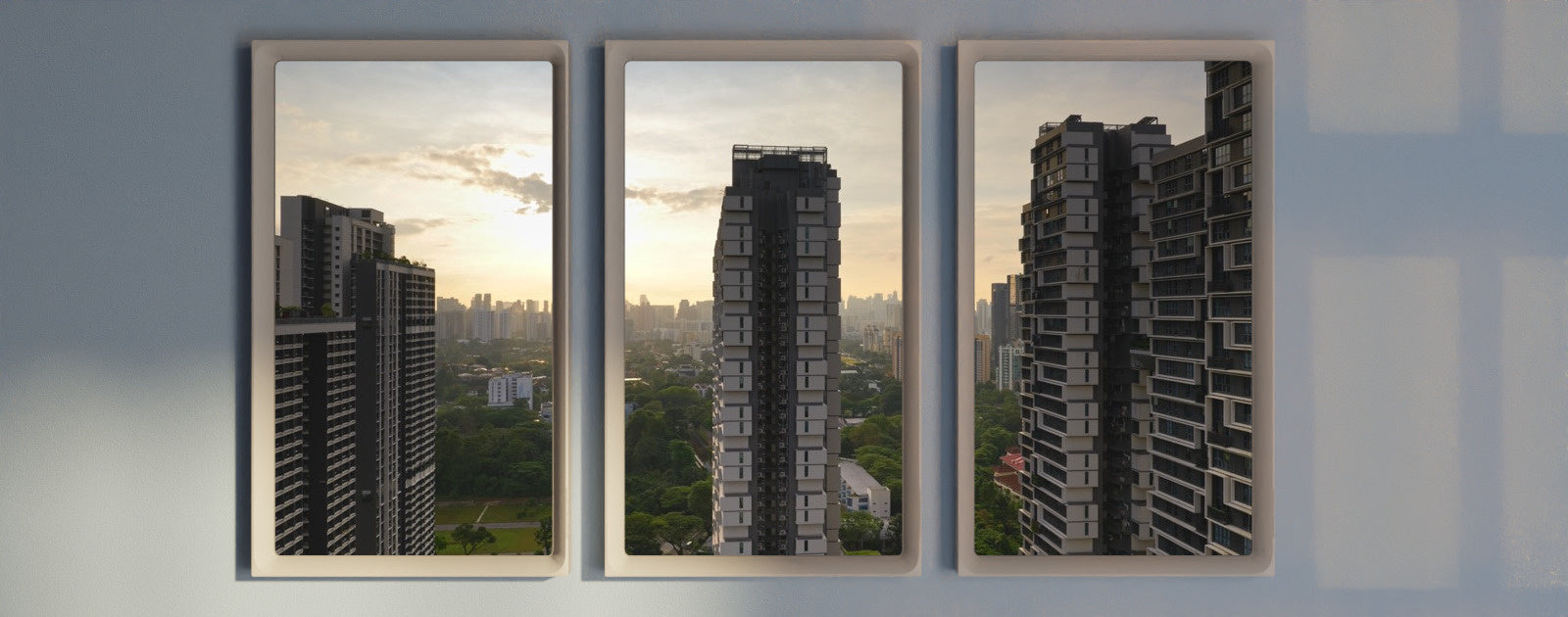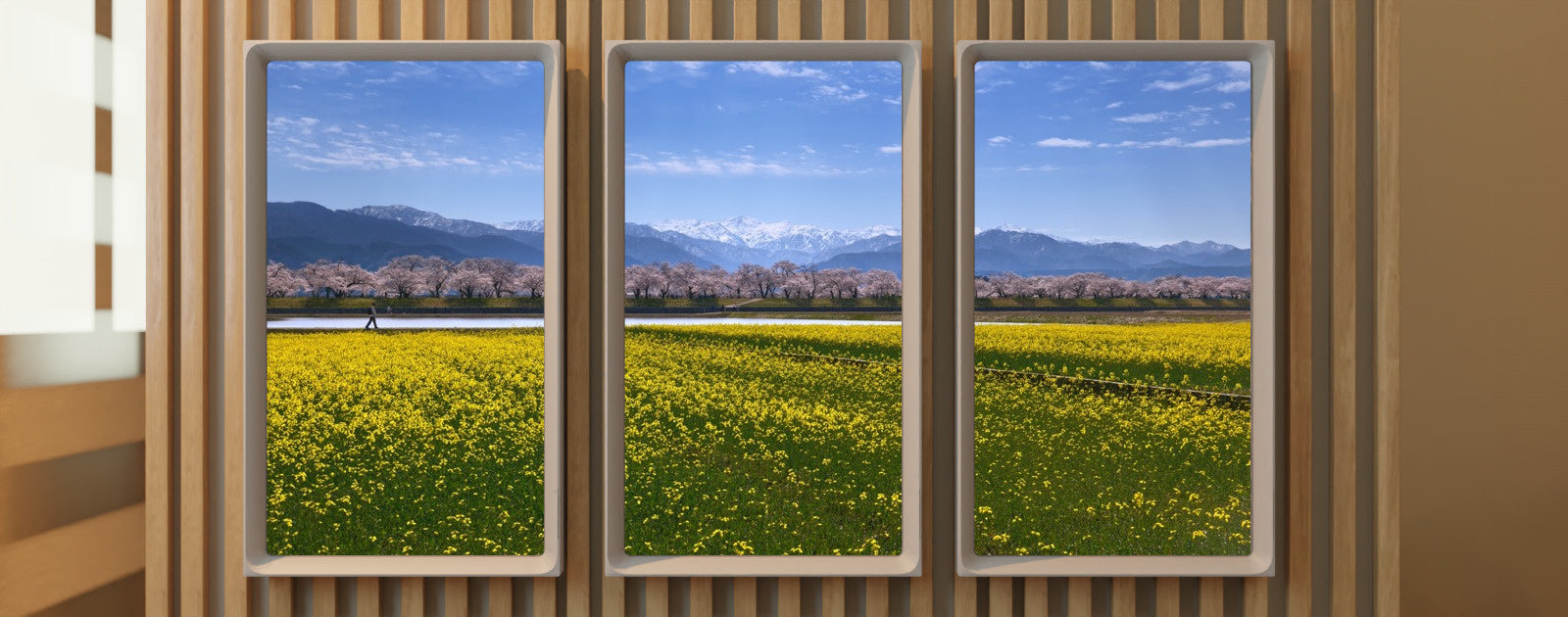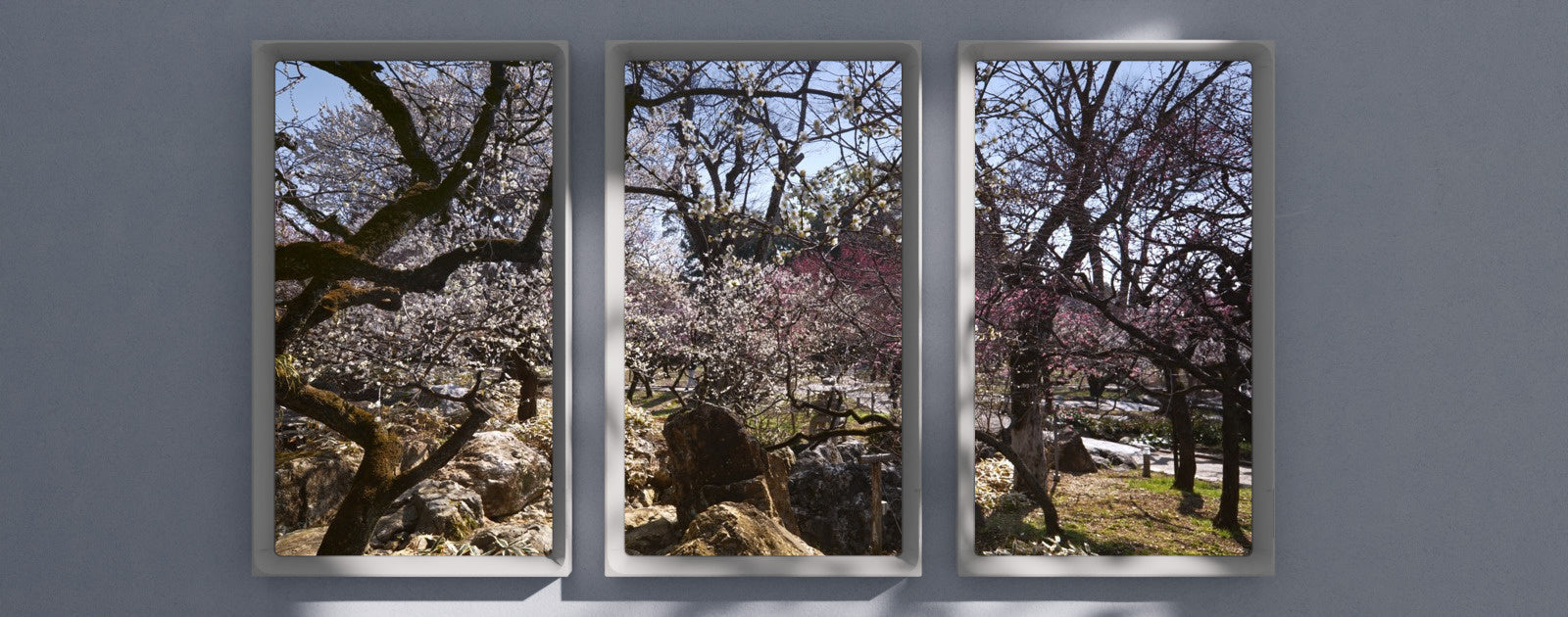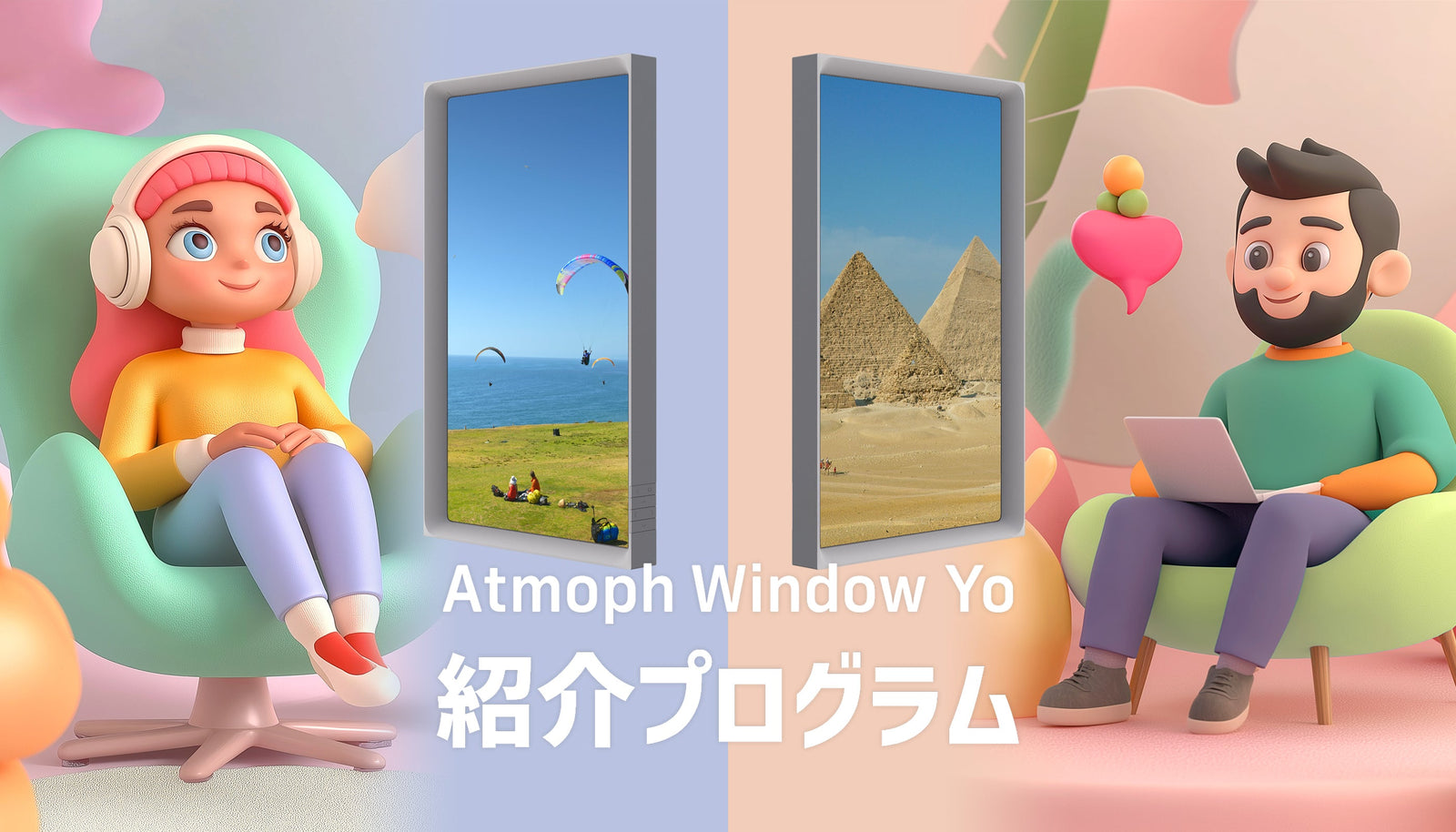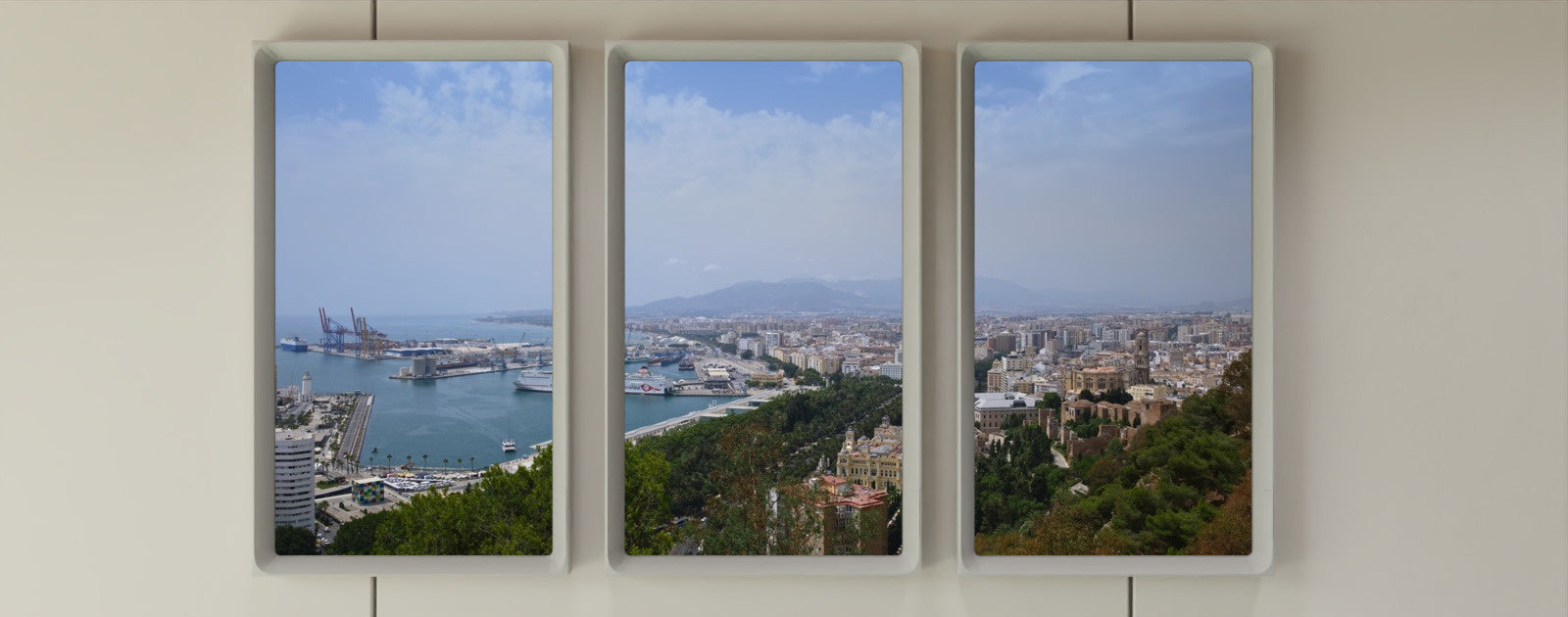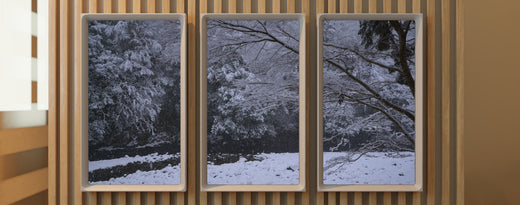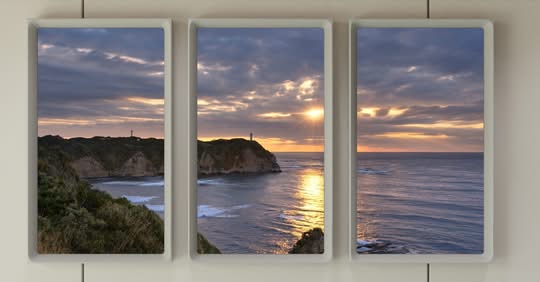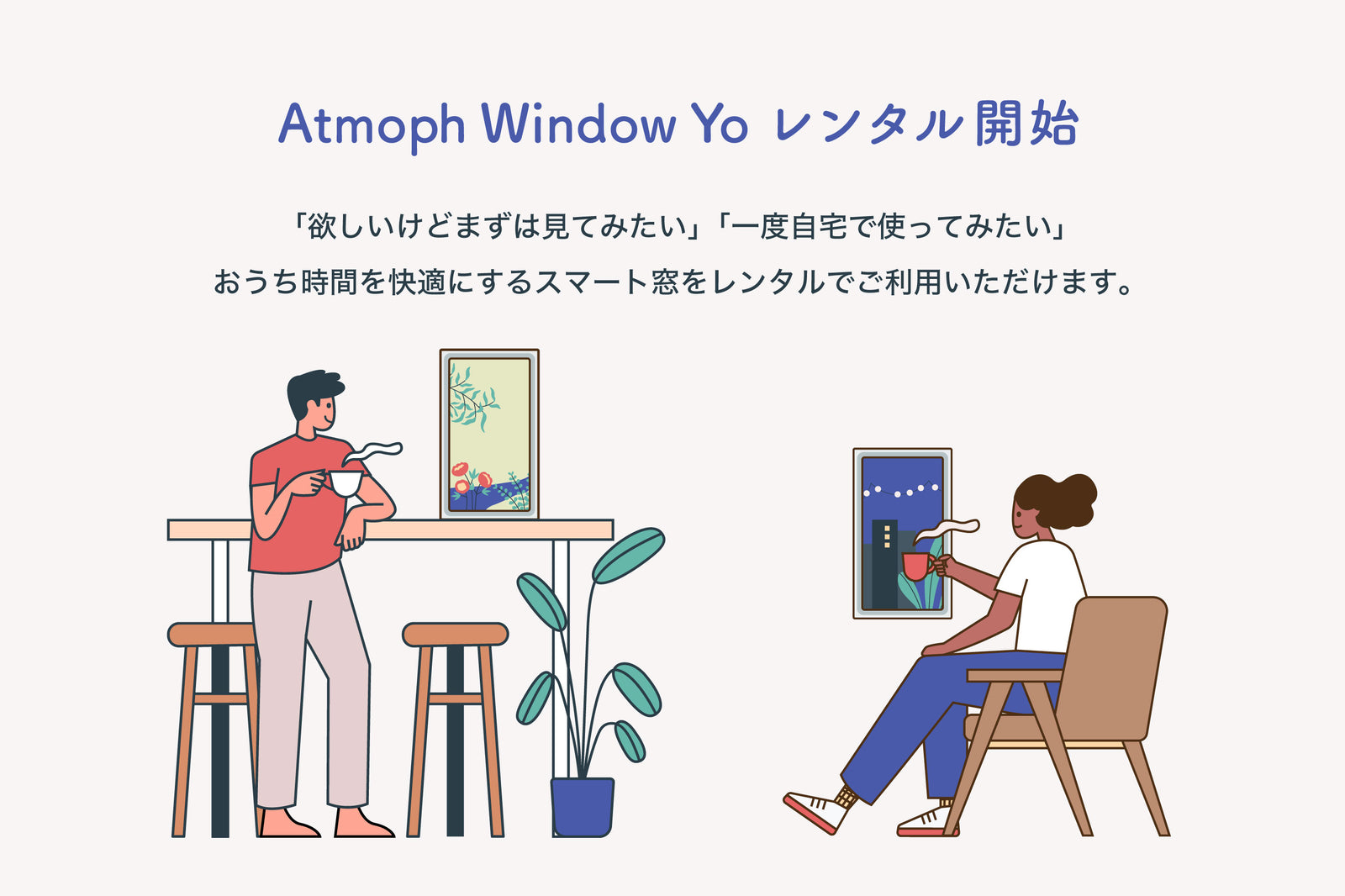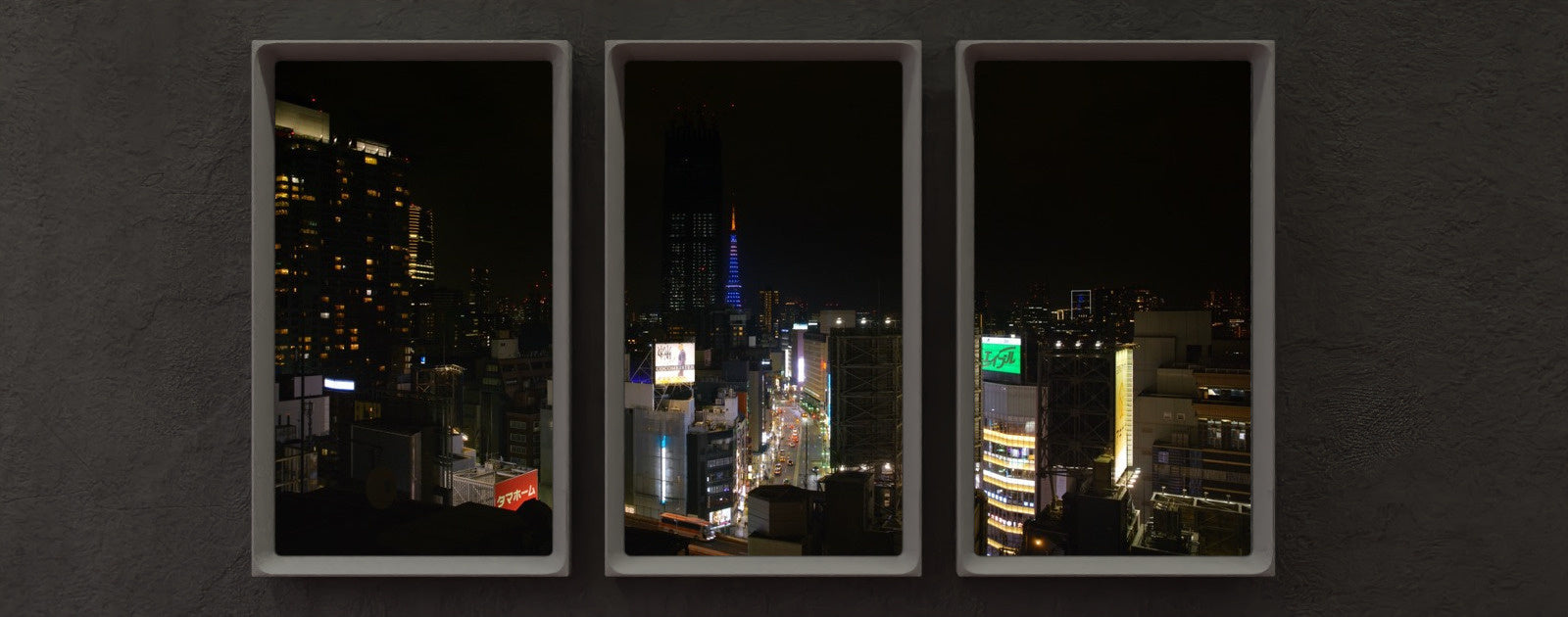We added 7 views from a scrap factory and workplace of Japanese traditional craft in Kyoto as Atmoph’s "Next Room" View series of interior spaces. The metals collected by "Ito Shoten" are widely used as recycled raw materials by domestic and overseas manufacturers. You could see the powerful moments of the metal being scrapped by heavy machinery.
The history of Komaruya Sumii is estimated to be more than a thousand years, and it has been passed down from generation to generation. In Kagai, Kyoto, it is customary for geisha and maiko to hand out uchiwa with their names to customers for summer greetings. Enjoy the view of how these traditional handmade fans are made with their skills.

Included Views:
■ Ito Shoten Co., Ltd.
http://www.iron-ito.co.jp/
Ito Shoten was founded in 1952. The metals collected by us are widely used as recycled raw materials by domestic and overseas manufacturers.There are two main methods for making iron. One is to use iron ore from a mine as a raw material and the other is to use iron scrap as a raw material.
Steelmaking from iron scrap produces less CO² and has become more significant in recent years from the perspective of environmental issues. We also want to work together as a team to leave a better scenery for the next generation.
■ Komaruya Sumii
https://komaruya.kyoto.jp/
The history of Komaruya Sumii is estimated to be more than a thousand years, and it has been passed down from generation to generation.
At that time, the Sumii family, who was a public house, was ordered by the Emperor of the Time to "use the bamboo of Fushimi Fukakusa and send out a fan", and moved the people of Fukakusa during the Tensho era (1573-92). "Fukakusa fan" was established in Japan.
In the Edo period, fan and fan culture blossomed, and this "Fukakusa fan" in Fushimi, Kyoto became famous nationwide. The famous "Marugame fans" in Shikoku and "Gifu fans", which are crafts of Gifu city, are also traced back to the ancestors of Komaruya. There are records that many of the fans have been used habitually since that time, such as the "former Nichisei Fukakusa fan" devised by the founder of Zuikoji Temple and a former politician who was a singer with the Sumii family.
Since then, we have begun to handle dance fans, summer fans, towels, etc., and "Kyomaru fan" with the name of Maiko, a geisha from Kyoto Goka-gai, will also appear.
In addition, he has a deep knowledge of performing arts for generations, and he owned many Japanese dance fans, costumes, props, etc., so after the war, he started the "Komaruya prop store" and became famous all over the country. The fan culture, which continues to decline with the flow, has been preserved until now.
Today, he is in charge of dance fans and stage props for Kyoto's spring traditions of "Kitano Odori," "Miyako Odori," "Kyo Odori," and "Kamogawa Odori." , Kyogen and slamming, continue to support the stage behind the scenes.
We are transmitting the culture of Kyoto to the world while passing on what we inherited from our predecessors to the next generation.














